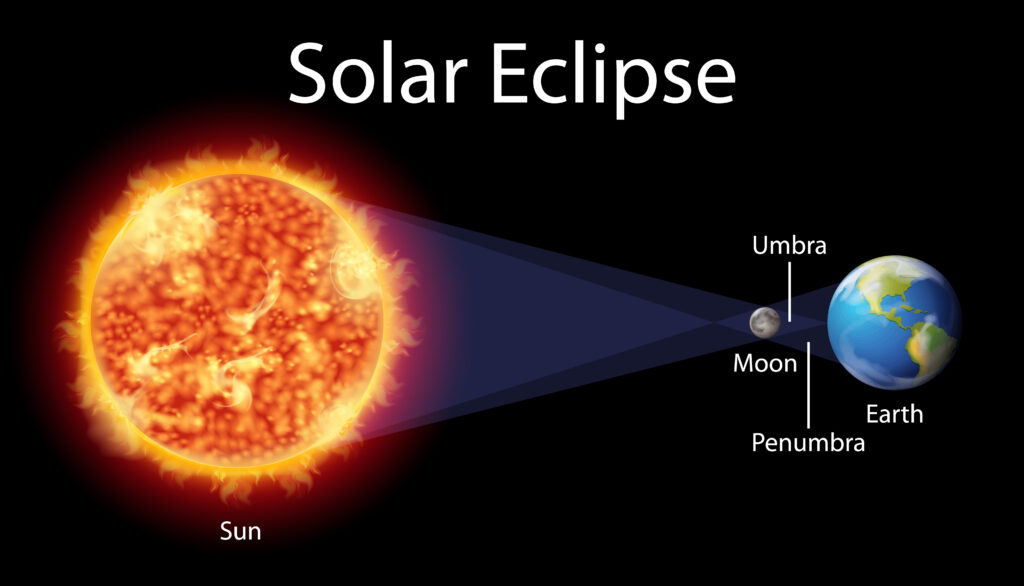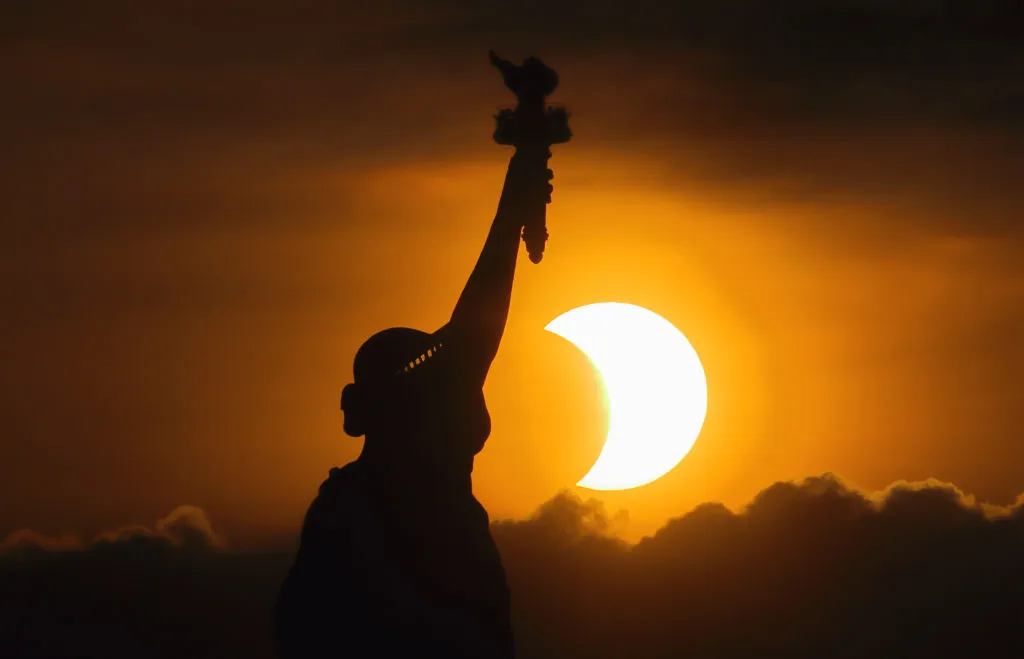On March 29, 2025, early risers in parts of the US Northeast will witness a rare celestial show—a partial solar eclipse that promises to transform the early morning sky into a stunning interplay of light and shadow. Although the Moon will only “bite” a piece off the Sun, the resulting crescent-shaped sun offers both a scientifically fascinating phenomenon and a visually captivating experience.
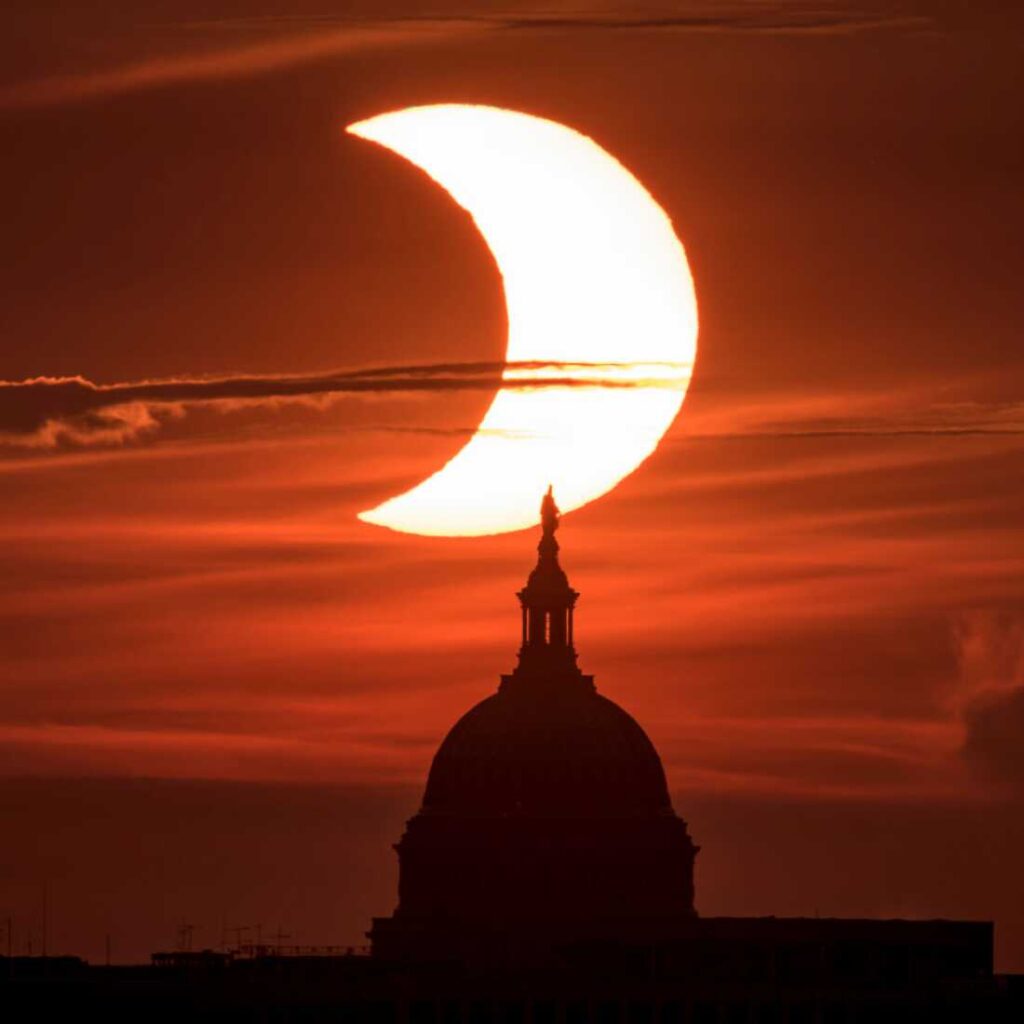
What Is a Partial Solar Eclipse?
A solar eclipse happens when the Moon moves between the Earth and the Sun. In a partial solar eclipse, however, the alignment isn’t perfect, so only part of the Sun is obscured. This creates an ever-changing, crescent-like appearance as the Moon slowly “nibbles” away at the solar disk. Even without totality, this event provides an exceptional opportunity for amateur astronomers and casual skywatchers to engage with our dynamic cosmos.
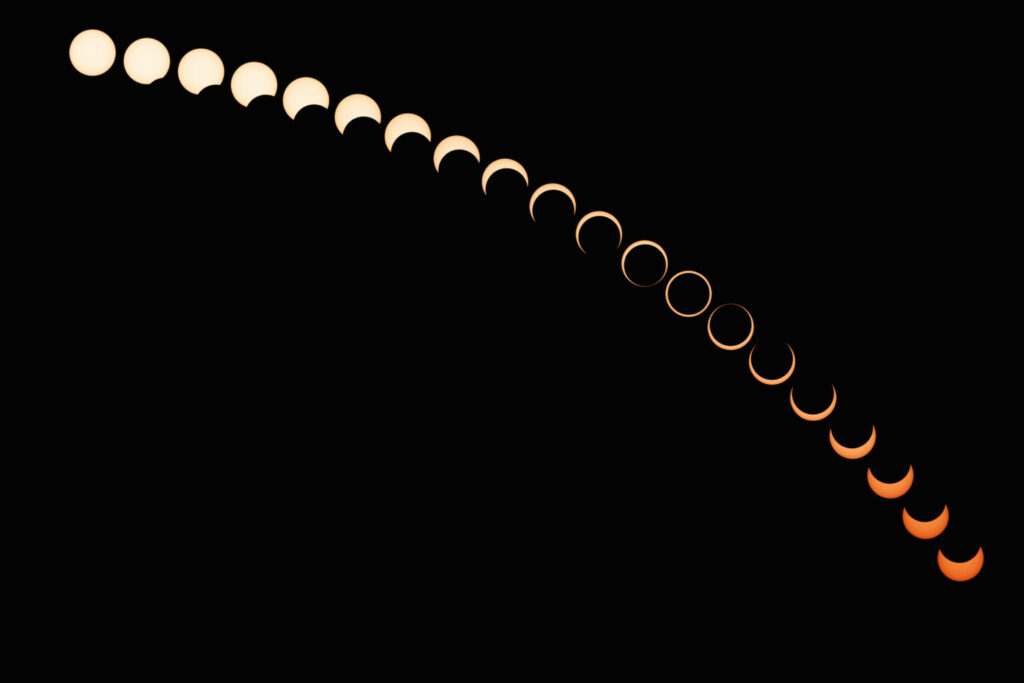
When and Where Can You Watch?
For much of North America, the eclipse will pass unnoticed. Imagine tracing a line on a map from near Oakville, Ontario, down to Virginia Beach, Virginia. Regions on the west side of that line won’t experience any of the eclipse, while those on the east will catch at least a sliver of it just around sunrise. In nearly every spot, the eclipse’s peak happens before the sun fully rises—so when dawn breaks, the moon’s shadow is already quickly receding from the sun’s face.
Take Baltimore, Maryland as an example: the sun rises at about 6:58 a.m. EDT with roughly 7.8 percent of its diameter obscured. Within just four minutes, the moon’s silhouette completely clears the sun. Moving farther north and east, the eclipse becomes more dramatic. In northern New England and Atlantic Canada, observers will see a much larger portion of the sun covered. In the small town of Madawaska, Maine (population around 3,900), the maximum eclipse nearly coincides with sunrise at approximately 6:17 a.m. EDT, with an astonishing 88.2 percent of the sun hidden. Under clear skies, this creates an unforgettable view—initially resembling two delicate “claws” emerging at the horizon before the full crescent of the sun appears.
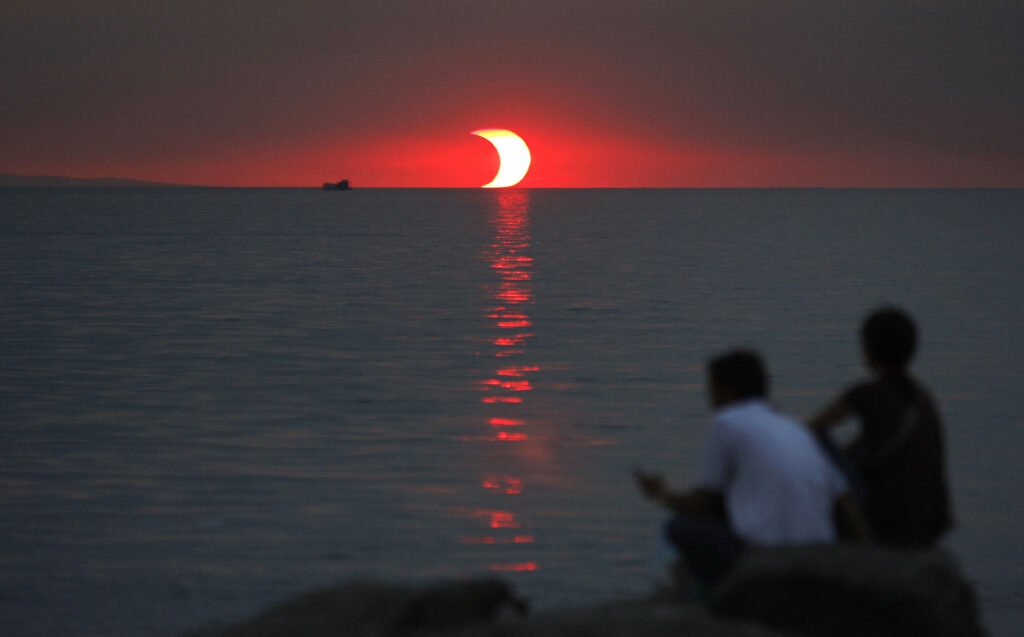
The Science Behind the Spectacle
Even a partial eclipse offers scientists a wealth of data. As the moon slides across the sun, astronomers use high-speed cameras and photometric instruments to study the sun’s limb and the thin outer layer known as the solar corona. These observations contribute to our understanding of solar activity and its influence on Earth’s climate. The interplay of light and shadow during the eclipse not only creates a dramatic visual display but also produces measurable changes in ambient light and temperature—a natural experiment unfolding in real time.
Tips for a Safe and Enjoyable Viewing Experience
Safety is paramount when it comes to solar observation. Even though only part of the Sun is visible during a partial eclipse, its rays remain dangerously intense. Follow these essential guidelines to ensure you can enjoy the event without risking eye damage:
- Use Certified Solar Eclipse Glasses: Ensure your protective eyewear meets ISO 12312-2 standards. Regular sunglasses simply won’t do.
- Avoid Improvised Filters: Do not use smoked glass, homemade filters, or other makes-shift methods.
- Indirect Viewing Methods: If you don’t have proper glasses, create a pinhole projector with an index card to safely project the Sun’s image.
- Optical Devices: When using telescopes, binoculars, or cameras, attach a certified solar filter to the front lens. Never look through these devices without the proper filter, even if you are wearing eclipse glasses.
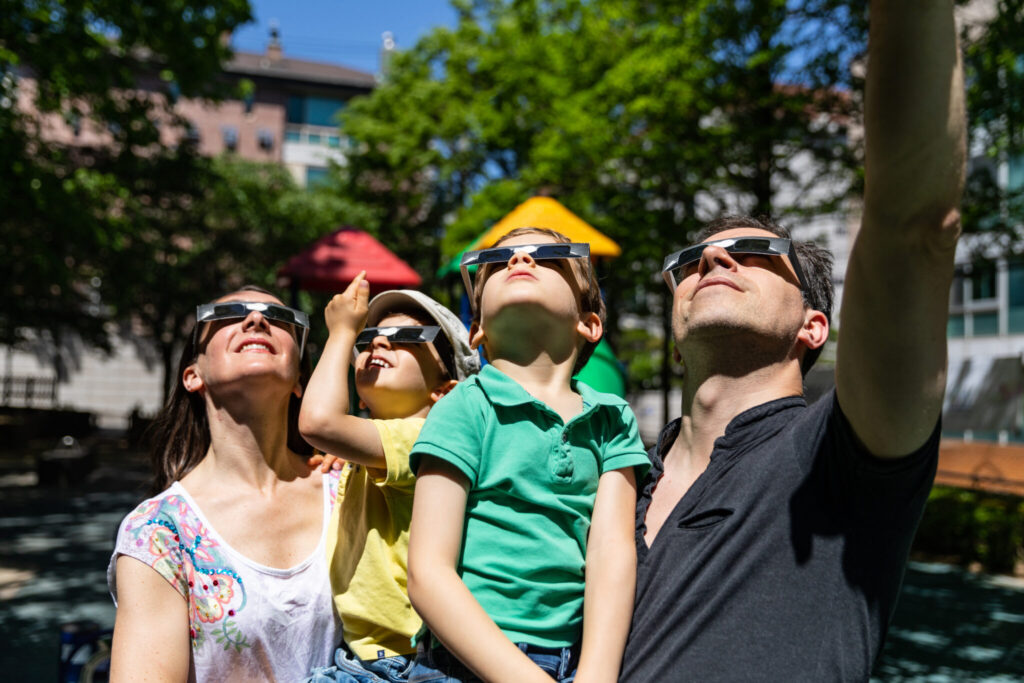
Enhancing Your Eclipse Experience
Plan ahead to make the most of this celestial event:
- Scout a Viewing Spot: Choose a location with an unobstructed eastern horizon. Rural areas or coastal regions along Long Island Sound might offer clearer views.
- Check the Weather: Clear skies are essential for a good view. Keep an eye on local forecasts as the eclipse day approaches.
- Join a Community Event: Many astronomy clubs and local science centers host viewing parties with expert guidance and equipment.
- Document the Moment: Bring a camera equipped with a solar filter or your smartphone (again, with the right protection) to capture the unique light effects of the eclipse.
A Moment of Cosmic Connection
Partial solar eclipses have long captivated humanity, from ancient myths to modern scientific inquiry. This March 29 event is more than just a scientific occurrence—it’s an opportunity to step outside, look up, and feel connected to the grand mechanics of our universe. Whether you’re a seasoned skywatcher or a curious newcomer, this eclipse promises a brief but unforgettable experience that reminds us of our place in the cosmos.
